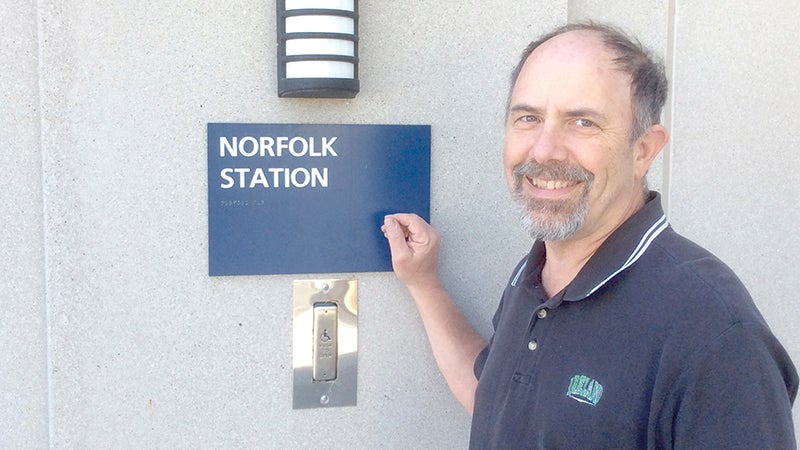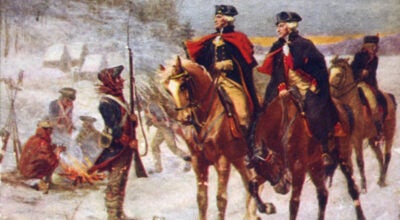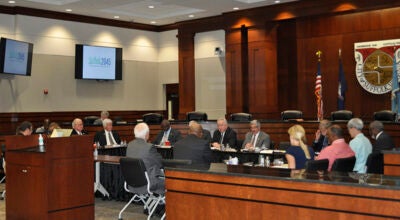Writer chases ‘Powhatan Arrow’
Published 10:29 pm Monday, November 7, 2016

- Michael Abraham, author of “Chasing the Powhatan Arrow,” poses for a photo in Norfolk, where the passenger train started its daily journey to Ohio in the mid 1900s.
A Blacksburg-based author discusses the peanut trade, nearby native William Mahone and a 1986 train derailment in the Great Dismal Swamp in his new book.
“Chasing the Powhatan Arrow,” by Michael Abraham, traces the route of the iconic passenger train that ran from Norfolk to Cincinnati, Ohio, from the end of World War II to the late 1960s. The travelogue tells the history of the people, industries and communities along the route of the train.
“The tie that binds is this rail line, but what the book is really about is the people and the culture and the history and the economy of these places,” Abraham said.
The book tells the story of how time has transformed many of the communities. Some have prospered, but others, especially in coal mining country, are some of the most destitute places in America.
Abraham said he got the idea for the book about two to three years ago, when he went on an excursion trip on a train. He was astounded looking out of the window and seeing the number of people that had gathered to see the train.
“There are a lot of rail fans,” he said.
The book has “stops” in Norfolk, Suffolk, Petersburg, Blackstone, Crewe, Farmville, Lynchburg, Roanoke, Christiansburg and Pearisburg in Virginia. It goes on to visit places in West Virginia and Ohio.
Abraham’s book discusses the May 18, 1986, train derailment in the Great Dismal Swamp.
The Norfolk and Western Railway train was on an excursion carrying about 1,000 passengers, all of whom were railway employees and their relatives and guests, when 14 of the 23 cars derailed in the swamp east of Suffolk. About 177 people were injured. At the throttle was Robert B. Claytor, chairman of the railway.
“I wrote about how devastating that was to him and everybody,” Abraham said.
Abraham also wrote in his book about William Mahone, a Confederate general who was also an engineer and railroad executive.
It was Mahone who laid the foundation of logs through the swamp in the 1850s that still supports railroad tracks today, Abraham said.
“He has a mixed legacy, as many people do during that era,” Abraham said. The Courtland native went on to become a U.S. senator after the war.
Abraham said he hopes people will not only learn about history through reading his book but also become interested in the communities along the rail line, perhaps visiting them and investing in their future.
“The reason I love history is it’s never dead,” Abraham said. “I’m trying to get people enticed by the notion that maybe these would be fun places to visit.”
The book can be found on the website of Pocahontas Press, www.pocahontaspress.com, or the author’s website at www.bikemike.name.






